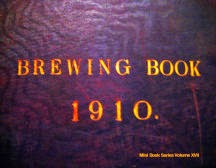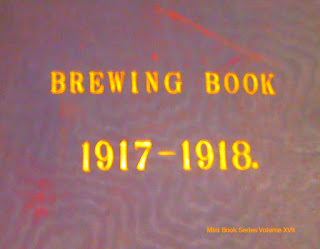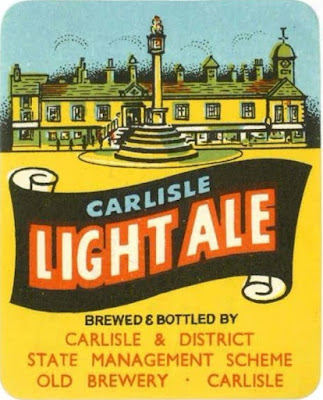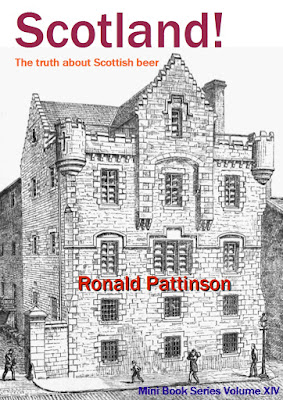No, it isn’t that I hate the style. It’s much simpler than that: Brown Ales rarely show up in brewing records. Barclay Perkins DB and Whitbread DB are exceptions. Because they were both brewed single-gyle to unique recipes. The conclusion I’ve come to is that most breweries just tweaked their Mild for bottling. So they don’t show up in the records.
When I do find a Brown Ale in the logs, I’m always keen to publish the recipe. Even when, as in this case, it’s a complicated parti-gyle. Though it isn’t that obvious from the recipe, this was parti-gyled with Abbey Ale. The reason the recipes are so different, is that Abbey Ale was mostly put together from the first wort, while the No. 3 sugar went into the second.
The colour of the finished beer might well have been darker than indicated below. Colour corrections with caramel were common in British brewing.
I was going to say that this was one of the few recipes that fits the BJCP style parameters hard-coded in BeerSmith. Then I noticed that it was outside the gravity range, which starts at 1033º. That’s so wrong. Loads and loads of Brown Ales were weaker than that. It should really start at 1027º.
Overall, this looks like a typical 1950’s Brown Ale: weak, sweet and with lots of sugar in it.
| 1956 Shepherd Neame DB | ||
| pale malt | 3.00 lb | 56.60% |
| wheat malt | 0.25 lb | 4.72% |
| no. 3 sugar | 2.00 lb | 37.74% |
| malt extract | 0.05 lb | 0.94% |
| Fuggles 105 mins | 0.50 oz | |
| Goldings 60 mins | 0.25 oz | |
| Goldings 30 mins | 0.25 oz | |
| OG | 1029.4 | |
| FG | 1010.5 | |
| ABV | 2.50 | |
| Apparent attenuation | 64.29% | |
| IBU | 15 | |
| SRM | 12 | |
| Mash at | 153º F | |
| Sparge at | 170º F | |
| Boil time | 105 minutes | |
| pitching temp | 61.25º F | |
| Yeast | a Southern English Ale yeast | |










































































































